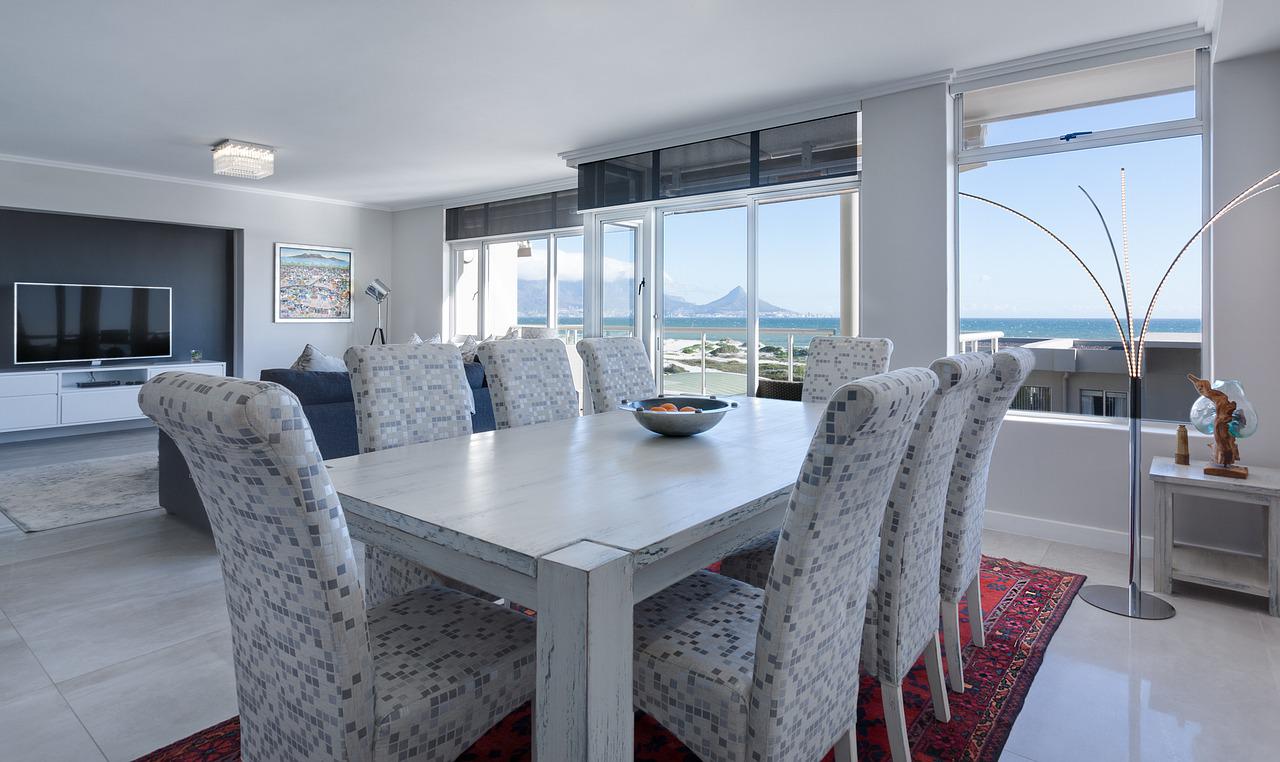
Investing in Low-E windows will increase your home’s energy efficiency. They will reflect more sunlight, reduce daytime energy costs and make your home more inviting. However, they can damage your siding. If you are considering investing in these windows, research the benefits before.
Low-E Windows Block UV Rays.
Compared to regular windows, high quality replacement windows such as Low-E windows can significantly reduce the number of UV rays coming into your home. These rays are harmful to your skin and can cause fading of fabrics. Low-E windows are made with a metallic oxide film, or microscopically thin metal layer, on the inside of the insulating glass unit. These windows block most UV rays while allowing visible light to enter the room.
Another benefit of using Low-E windows is that they help to lower the amount of solar heat gain. As a result, low-E windows can help keep the interior of a home cooler, which is excellent for energy savings. These windows also allow the short-wave infrared energy from the sun to pass through while reflecting the long-wave heat energy inside. This is great for homes in extremely cold climates because it allows infrared light to pass through the windows but blocks long-wave heat energy.
They Reflect Heat Into a Home.
When window installation is done correctly, Low-E windows reflect heat and cool air into a home, helping to keep the interior comfortable. In addition, the reflective coating helps to block solar radiation, allowing fewer hot days and nights. In summer, this also helps reduce the heat your home absorbs from the outside. Finally, the reflective coating makes windows an excellent insulator, making them a wise investment for residential homes.
Another benefit of Low-E windows is that they can cut thermostat offenses. By reflecting heat, they can lower the need to adjust the thermostat. They also reduce the heat a room can absorb, which means lower energy and electric bills.
They Reduce Energy Loss.
A low-E window has a reflective coating, keeping it cool and warm during the winter. It’s an excellent benefit for residential homes. Low-E windows can reduce energy loss in residential buildings by 20 percent. However, these windows are not available in all areas.
Low-E glass has a thin metallic coating designed to block the infrared part of the light spectrum. This helps reduce solar heat gain and reduce the need for air conditioning. It also filters out harmful UV rays, which can cause fading of furniture and carpets. The benefits of low-E windows are numerous. These windows can help prevent energy loss and save money on energy bills. And they are not just good for the environment; they protect your family from the sun’s harmful rays.
They Can Damage Your Siding.
The sun’s reflection off of window glass can damage the siding. Low-E windows, which have high reflectivity, can cause your siding to melt. They may even melt your siding from 20 feet away! This kind of damage may result in thousands of dollars worth of repairs. Thankfully, many siding manufacturers have updated their warranties to exclude heat damage from windows reflecting sunlight. However, if you want to protect your siding, you should avoid low-E windows, at least for now.
It’s not just Low-E windows that can damage your siding. It can also be your neighbors’ windows. The reflection of heat from their windows will cause the vinyl siding on their side to melt. Even if your neighbor’s siding is vinyl, it’s still possible that the sun’s reflection from your window will damage your siding. This is why many building codes require low-E windows in new homes. However, you should still consult your local building code and see if they recommend Low-E windows.
They cost more than window film.
If you’re considering installing new windows, you may wonder whether low-emissivity window films are the way to go. While the classic film is 0.33 emissivity, more unique Low-E films have ratings as low as 0.007. These films can reflect 93% of heat into the room and are also more energy efficient than standard window film. Both films are easy to install and cost between $4 and $6 per square foot. In addition, both offer 10 to 18 years of warranty.
Installing low-e windows on existing windows is an excellent option for reducing your carbon footprint. Not only will your windows be more energy efficient, but you’ll also save money on your energy bills. However, the environmental costs of disposing of old, serviceable windows are significant, especially if you live in a home with many windows. Window film retrofits can convert your existing windows into Low-E windows at a fraction of the price.
